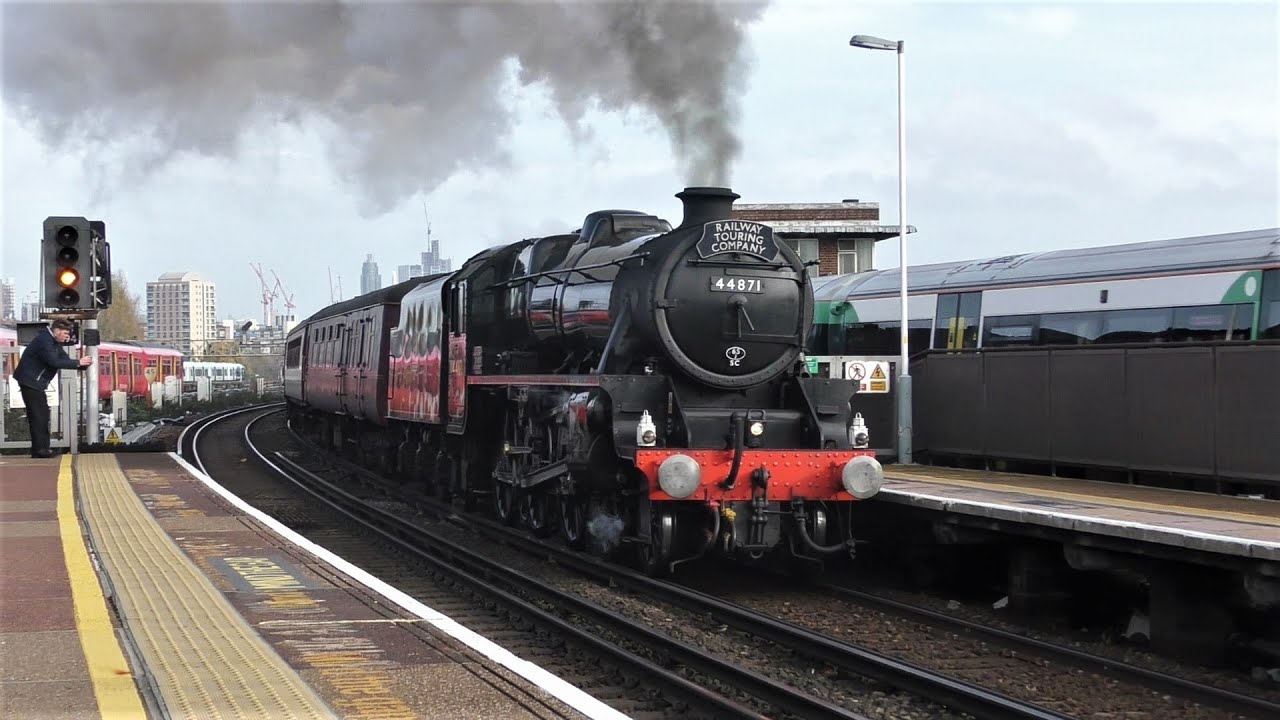- TNP Nation
- Ethnon
November 21st, 2022


The train after the collision
At 08:21 hrs on 12 October 2021, a passenger train collided with the buffer stop on platform 2 of Enfield Town station.
The train came to a stand with its front end raised on top of the buffer stop, which had become detached during the collision.
The train involved was the 07:45 hrs London Overground service from London Liverpool Street to Enfield Town, operated by Arriva Rail London.
75 passengers were reported as being on the train at the time of the collision.
Two passengers received treatment at the scene for minor injuries.
Our investigation will seek to identify the sequence of events that led to the collision.
It will also consider:
RAIB’s investigation into this accident is complete.
Active legal proceedings are ongoing in relation to the accident and RAIB has received representations from the Crown Prosecution Service (CPS) about these proceedings.
As a result of these representations, RAIB has decided not to release a copy of the final investigation report (RAIB report 13/2022) at this time.
To allow the rail industry to start acting on RAIB’s safety recommendations immediately, RAIB has sent embargoed copies of its final report to other public bodies, the rail industry and the parties involved.
RAIB continues to liaise with the CPS and will keep under review the decision as to when the final investigation report can be circulated more widely.

Buffer stop collision at Enfield Town
Investigation into a collision between a passenger train and a buffer stop at Enfield Town, 12 October 2021.
The train after the collision
At 08:21 hrs on 12 October 2021, a passenger train collided with the buffer stop on platform 2 of Enfield Town station.
The train came to a stand with its front end raised on top of the buffer stop, which had become detached during the collision.
The train involved was the 07:45 hrs London Overground service from London Liverpool Street to Enfield Town, operated by Arriva Rail London.
75 passengers were reported as being on the train at the time of the collision.
Two passengers received treatment at the scene for minor injuries.
Our investigation will seek to identify the sequence of events that led to the collision.
It will also consider:
- Any factors that may have influenced the train driver’s actions
- The training, supervision and management of drivers by Arriva Rail London
- The design and configuration of the buffer stops at Enfield Town station
- The processes used to assess and control the risk of terminal platform overruns at the station
- Any relevant underlying factors.
RAIB’s investigation into this accident is complete.
Active legal proceedings are ongoing in relation to the accident and RAIB has received representations from the Crown Prosecution Service (CPS) about these proceedings.
As a result of these representations, RAIB has decided not to release a copy of the final investigation report (RAIB report 13/2022) at this time.
To allow the rail industry to start acting on RAIB’s safety recommendations immediately, RAIB has sent embargoed copies of its final report to other public bodies, the rail industry and the parties involved.
RAIB continues to liaise with the CPS and will keep under review the decision as to when the final investigation report can be circulated more widely.
Last edited:












































